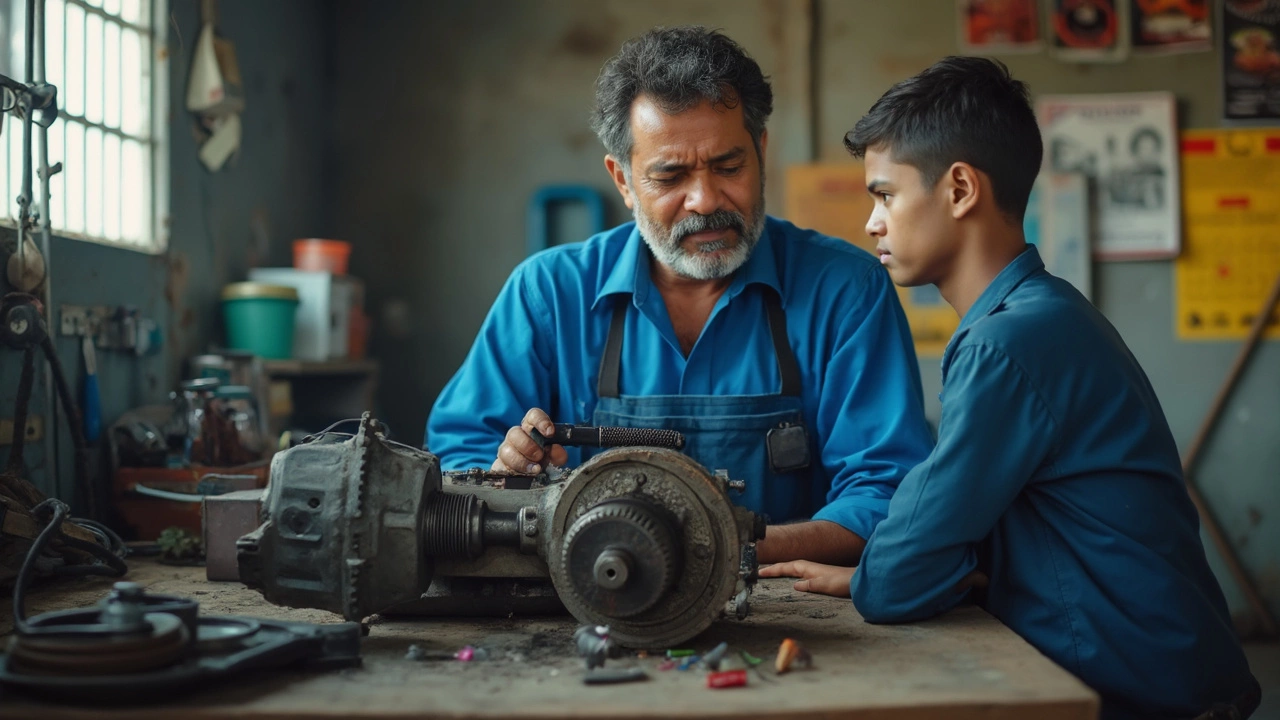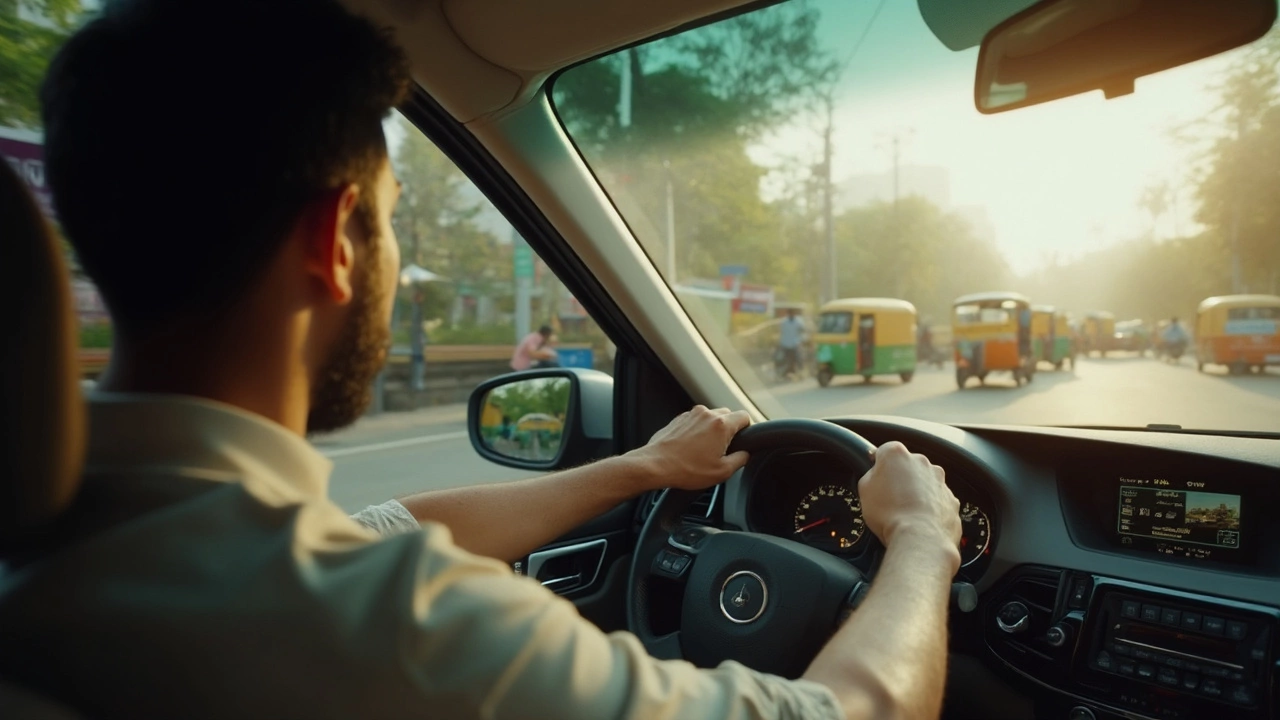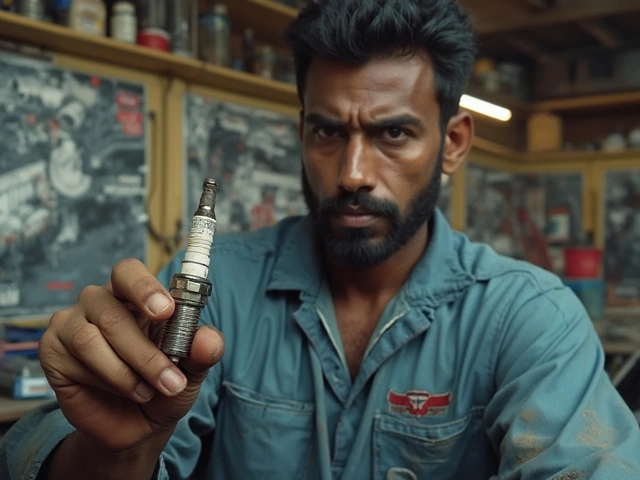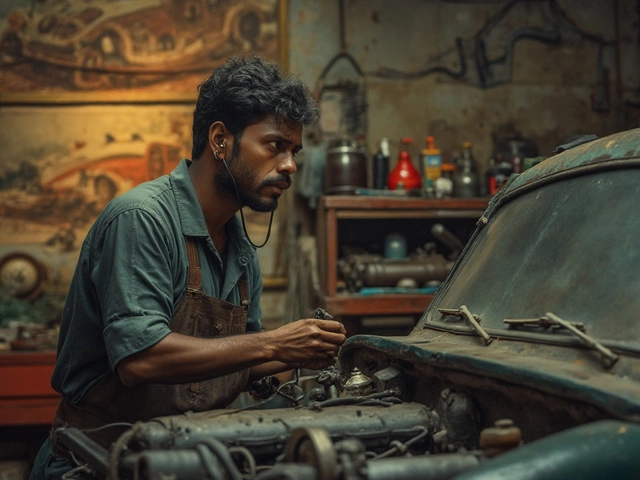If you’ve ever heard someone brag about shifting gears without touching the clutch, you probably wondered if it’s a real thing or just another garage myth. Here’s the deal: yes, you can shift gears in a manual without pressing the clutch pedal—but it’s risky, takes a bit of feel, and it’s not something you want to do just for fun.
The trick is all about matching engine speed with the transmission speed perfectly. Miss the mark, and you’ll be grinding gears loud enough to wake the neighbors. Shifting without the clutch can do a number on your gearbox and wallet if you mess up. I’ve seen friends chew up gear teeth thinking they were racecar drivers, then regret it when that repair bill lands.
That said, knowing the basics of how your clutch and gearbox talk to each other can help if you’re ever caught in a pinch—like when a clutch cable snaps in the middle of nowhere. But don’t try this just for the thrill; unless you love expensive noises and busted parts, there are easier ways to make driving interesting.
- How Manual Transmissions Work
- Clutchless Shifting: Is It Actually Possible?
- Pros, Cons, and Ugly Surprises
- Gearbox and Clutch Health: The Truth
- Tips for a Smoother, Safer Drive
How Manual Transmissions Work
Ever looked under the hood and wondered what’s actually going on when you change gears? Here’s the lowdown. In a car with a manual transmission, both the engine and the wheels spin at different speeds. The transmission’s job is to connect these two and let you control how much power you send to the wheels.
The shift gears step—the one everyone loves bragging about—involves a bunch of moving parts playing nice together. You’ve got the clutch, which is a little disc sandwiched between the engine and transmission. Pressing the clutch pedal in disconnects the engine from the wheels so you can safely move the gear stick and change gears. Take your foot off the clutch, and power flows back into the wheels at whatever gear you chose.
Inside the gearbox, each gear is basically a pair of toothed wheels that mesh together. When you move the stick, a selector fork slides the gear you want into place. If you listen closely, you can sometimes hear those gears clicking into their new homes. No computers, no fancy magic—just raw mechanical force and a bit of finesse.
Check out this simple table for a quick overview of the main parts that keep everything working smoothly:
| Component | What It Does |
|---|---|
| Clutch | Disconnects engine from wheels so you can safely shift |
| Gear stick | Lets you manually select which gear you want |
| Synchronizers | Match speeds between gears to avoid grinding |
| Gearset | Transfers power using different gear ratios |
Bottom line: all the clutch and stick action is about letting you control how much torque reaches the tires, which decides how fast (or slow) you go. And yeah—if any of these parts go out of whack, the car lets you know. Loudly.
Clutchless Shifting: Is It Actually Possible?
Yep, it’s totally possible to shift a manual car without hitting the clutch—but there’s a catch. It’s not magic or some secret skill only pros have. The process, known as clutchless shifting or “floating gears,” relies on matching engine speed (RPM) to your transmission speed perfectly. Get it right, and it’s almost smooth. Get it wrong, and you’ll hear grinding or feel a nasty jolt.
The real question is: why do people even try this? Sometimes, you’re stuck with a broken clutch pedal or cable. Truckers and motorcyclists do it for speed or out of habit. But in modern street cars, there’s usually no good reason unless you’re limping home with a busted system.
If you want to see how tricky clutchless shifting really is, check out these basic steps for an upshift:
- Accelerate as usual until you’re ready to change gears.
- Let off the throttle and gently nudge the gear lever out of gear when you feel the load ease up (right when the engine isn’t pushing or pulling hard).
- Find the “neutral” spot—don’t force it.
- Wait for engine RPM to drop to a speed that matches the next gear.
- Gently slide the shifter into the next gear right as those speeds line up. No grinding allowed.
Downshifting’s even harder since you’ll need to “blip” the throttle before sliding into a lower gear. Mess up, and you’ll get a loud crunch you can feel in your bones.
Here’s a snapshot showing how often people actually try clutchless shifting versus using the clutch, based on a small 2023 forum poll of manual transmission drivers:
| Method | % of Respondents (n=500) |
|---|---|
| Always use clutch | 81% |
| Tried clutchless shifting (for fun/emergency) | 16% |
| Clutchless often (habit/experience) | 3% |
If you still want to try clutchless shifting, realize it’s tough on your shift gears system—gearboxes aren’t designed for this abuse in everyday cars. You’re not going to save time or money. It’s more of a last-ditch move than a driving hack.

Pros, Cons, and Ugly Surprises
Clutchless shifting sounds cool, but reality's a mixed bag. Let's break down what you actually gain—and what can go horribly wrong.
- Pro: You can get home if your clutch fails. Imagine you’re at a traffic light and the pedal stays down—knowing how to shift gears without using the clutch could save you from a tow truck call.
- Pro: Some say it's quicker if you're racing and know what you're doing. But unless you're a pro, you won’t see much of a speed boost.
- Con: Get ready for damaged gear synchronizers. Mess up the timing, and you’ll chew up the synchros—which aren’t cheap to replace.
- Con: You can strip your gears. Those grinding noises aren’t just embarrassing—they’re warning signs that metal’s being worn away.
- Con: Modern gearboxes aren’t designed for this. Old-school truckers could sometimes get away with it, but today’s transmissions are tighter and less forgiving.
Here’s a quick look at why most mechanics roll their eyes at clutchless shifting:
| Issue | Likelihood During Clutchless Shifting | Average Repair Cost (USD) |
|---|---|---|
| Synchronizer Damage | High | $700 - $2,000 |
| Gear Damage | Medium | $1,200 - $2,500 |
| Clutch Plate Wear | Low | $500 - $1,300 |
Unexpected side effect? You could also throw the whole car off balance, especially if you miss a gear moving uphill or in traffic. There’s even a decent chance you’ll stall the car or cause sudden jerks—bad news for your passengers and your nerves.
Bottom line: Sure, it’s possible to shift gears without touching the clutch, but unless you’re stuck with a broken pedal, it’s not worth the risk. There’s a reason most people use the clutch every time—repairs take way longer than learning to do it right the first time!
Gearbox and Clutch Health: The Truth
Abusing clutchless shifting is a quick way to make your wallet lighter. Here’s the hard truth: your gearbox and clutch don’t love rough treatment, and clutchless gear changes put both under strain if you don’t nail the timing exactly right.
Manual transmissions rely on synchronizers—small parts inside the gearbox—that help match the speeds of gears. When you shift with the clutch, these synchronizers get a smooth handoff. Skip the clutch, and you force the synchros to work double-time, or worse, crunch metal. Over time, you’ll notice gears not slotting in cleanly, or the dreaded grind sound that means metal is clashing. Replacing syncros or gear teeth isn’t cheap—it usually means taking apart the whole transmission.
The clutch itself doesn’t take direct damage from not being used, but here’s the catch: clutchless shifting done wrong leads to mistakes that might have you stomping the clutch in panic, causing wear on the friction material or even warping it if things get too hot from repeated mess-ups.
Check out this quick table to see what typically goes wrong and how expensive it can get:
| Part | Common Damage | Estimated Repair Cost (USD) |
|---|---|---|
| Synchronizers | Wear, grinding, difficult shifting | $700 - $1,500 |
| Gear Teeth | Chipping, broken teeth | $1,200 - $2,000 (full gear set) |
| Clutch Disc | Glazing, uneven wear | $500 - $1,200 |
If your car includes the usual warning signs—like hard shifting, weird noises, or the shifter jumping out of gear—don’t ignore them. Fixing problems early is way cheaper than a full rebuild.
So, what’s the bottom line? Shift gears the right way most of the time. Save clutchless shifting for true emergencies (think: stuck in the middle of nowhere with a busted cable), not to show off. Unless you want to help your mechanic’s retirement fund, keep regular maintenance in check and don’t force anything that sounds or feels wrong.

Tips for a Smoother, Safer Drive
If you’re thinking about trying clutchless shifting, or you just want to keep your manual transmission happy for the long run, you need some down-to-earth advice. Let's break it down so you don’t end up calling for a tow or shopping for a new gearbox.
- Shift gears only when the engine speed matches the speed your wheels need for the next gear. If revs are off, grinding happens. Practice listening to your engine and watching the tachometer. Most drivers start by experimenting from second to third since these are easier to mesh if your timing is right.
- Always press the clutch when starting from a stop or coming to a stop. You’re not going anywhere without letting the clutch do its thing during take-off or when pulling up at lights.
- If you must shift without the clutch, let off the gas to unload the gearbox and gently try to pull the shifter into neutral. Wait for revs to drop, and then ease it into the next gear. No forcing. If it doesn’t slip smoothly, don’t push it.
- If you start hearing repeated grinding noises or feel resistance, get the clutch checked. You might be doing more harm than good. Trust me, repairing a manual transmission is a pain—on your wallet and your schedule.
- Keep your transmission fluid fresh and at the right level. Old or low fluid means higher friction and more wear, especially if you ever mess up a shift. Check your manual for service intervals.
- If you’re learning, practice on a quieter road where you won’t stress about traffic. Every car has its quirks. My old Mazda had a really forgiving gearbox, but my friend’s BMW was a nightmare if you missed the rev match.
- Most important: Don’t make this a daily habit. Clutch kits are made to take the pain, not your gear selector forks or synchromesh rings. Use clutchless shifting only if you have no choice—like if the clutch cable snaps or you’re limping home after an issue.
Bottom line: Respect your gearbox, use the clutch unless you have a solid reason, and pay attention to the signs your car gives you. If Loki (my cat) could talk, I’m pretty sure he’d tell you the same—don’t mess with things you don’t fully understand, or you’ll land yourself in hot water.




